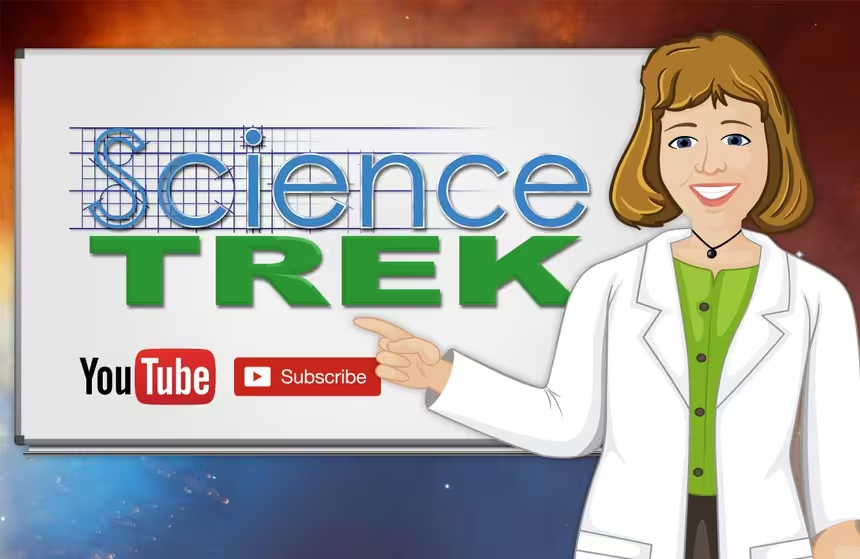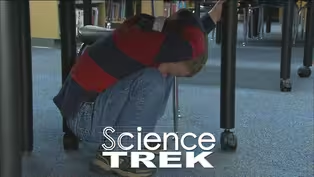
Earthquakes: Moonquakes
Clip: Special | 1m 4sVideo has Closed Captions
Find out what scientists are learning about out-of-our-world quakes.
The Earth isn’t the only planet in our solar system that experiences quakes. Learn about moonquakes and what scientists are finding on other planets.
Problems playing video? | Closed Captioning Feedback
Problems playing video? | Closed Captioning Feedback
Science Trek is a local public television program presented by IdahoPTV
Major Funding by the Laura Moore Cunningham Foundation and the Idaho National Laboratory. Additional Funding by the Friends of Idaho Public Television and the Corporation for Public Broadcasting.

Earthquakes: Moonquakes
Clip: Special | 1m 4sVideo has Closed Captions
The Earth isn’t the only planet in our solar system that experiences quakes. Learn about moonquakes and what scientists are finding on other planets.
Problems playing video? | Closed Captioning Feedback
How to Watch Science Trek
Science Trek is available to stream on pbs.org and the free PBS App, available on iPhone, Apple TV, Android TV, Android smartphones, Amazon Fire TV, Amazon Fire Tablet, Roku, Samsung Smart TV, and Vizio.

Science Trek
Science Trek is a place where parents, kids, and educators can watch short, educational videos on a variety of science topics. Every Monday Science Trek releases a new video that introduces children to math, science, technology, engineering, and math (STEM) career potentials in a fun, informative way.[MUSIC] JOAN CARTAN-HANSEN, HOST: The earth isn't the only planet in the solar system that shakes.
Scientists say the moon has moonquakes.
And there're at least four kinds: Quakes about 700 kilometers below the surface, probably caused by changes in the pull of gravity between the earth and the moon as the two bodies revolve abound in their orbit.
Thermal quakes caused when the frigid crust get hit with sunlight after two weeks of lunar nights.
Vibrations from meteroite impacts And shallow quakes happening only 20 or 30 kilometers below the surface.
And those shallow quakes can be pretty strong.
And there's some evidence of quakes on venus.
And nasa sent the insight rover to study mars quakes.
Marsquakes can last for more than a minute.
That's because the martian crust is kind of like a mixture of the earth's and the moon's surface.
And while earthquakes can be very loud, mars quakes are much quieter Listen to this marsquake: [LOW RUMBLING] For more information about earthquakes, check out the science trek website.
You'll find it at science trek dot org
Earthquakes: What Should I do?
Video has Closed Captions
Clip: Special | 1m 4s | Learn what you should do when an earthquake strikes. (1m 4s)
Providing Support for PBS.org
Learn Moreabout PBS online sponsorship
- Science and Nature

Explore scientific discoveries on television's most acclaimed science documentary series.

- Science and Nature

Capturing the splendor of the natural world, from the African plains to the Antarctic ice.












Support for PBS provided by:
Science Trek is a local public television program presented by IdahoPTV
Major Funding by the Laura Moore Cunningham Foundation and the Idaho National Laboratory. Additional Funding by the Friends of Idaho Public Television and the Corporation for Public Broadcasting.
